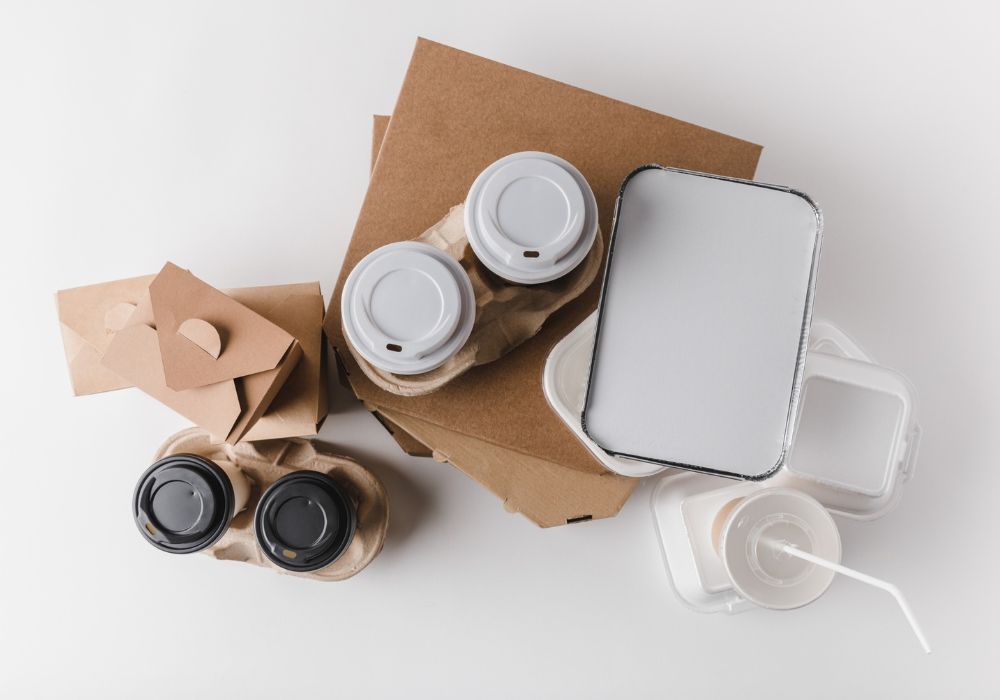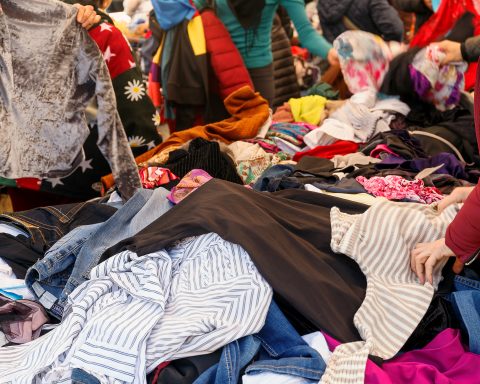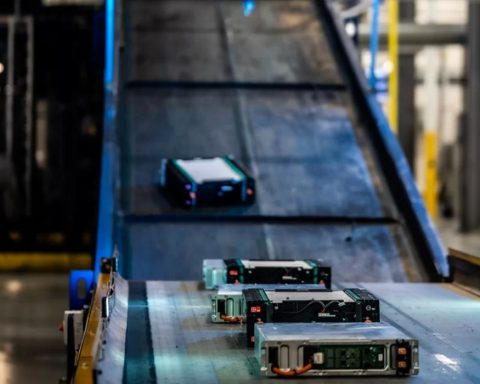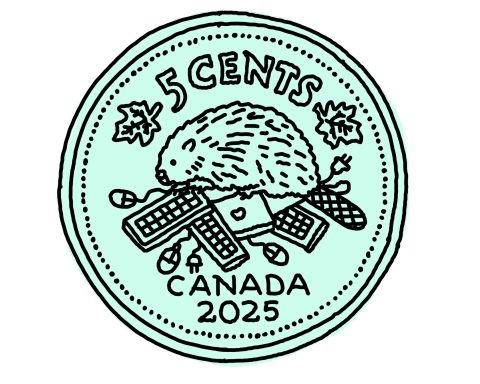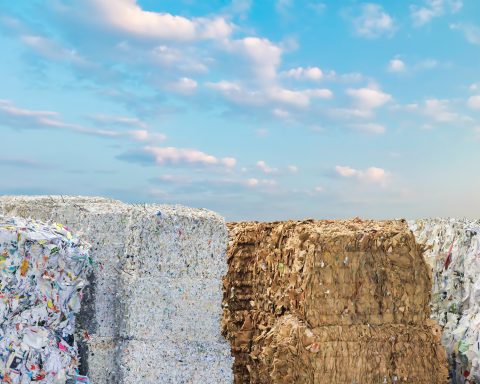There is little dispute these days over the need to regulate single-use plastics. But there is ample confusion around what plastics to address and how to do so.
In 2020, Prime Minister Justin Trudeau announced the intention to reach zero plastic waste in Canada by 2030, spurred on by a ban on some plastic items in 2022.
As the UN continues to develop its own global regulations, Canadian businesses and consumers are starting to feel the impacts of our single-use plastics ban, and some industries are finding it more challenging than others to adapt.
Designing a plastics ban
In order to determine what items to include in the first phase of the ban, the federal government performed a scientific assessment of plastic consumption. Based on this study, the ban targeted six items determined to be of highest concern: plastic ring carriers, plastic straws, plastic stir sticks, plastic bags, plastic cutlery and plastic food wares.
The government also laudably categorized plastics as a toxic substance.
However, the question remains: is Canada’s single-use plastics ban actually going to make a big difference?
Among the targeted plastics are common food service items such as takeout containers and plastic cutlery, items which are among the most commonly found in the environment. This waste alongside the usefulness of plastics for restaurants would seemingly make the food service industry an essential place to start when addressing plastics waste.
Focus on circularity and reusable alternatives rather than single-use items
When looking for alternatives to single-use plastics as a restaurant operator, there are a plethora of single-use paper, bamboo, compostable, biodegradable, wood pulp or bio-based plastic options.
However, despite the advantage that many of these alternatives can break down over time, not enough emphasis is put on the remaining essential single-use nature of these items.
Indeed, the ability for compostable and biodegradable food wares to be accepted in a municipal composting facility is entirely dependent on the waste management cycle of that municipality, which can differ greatly between neighbouring cities.
Additionally, given the lack of standardization on what is classified as biodegradable, consumers can often be deceived by mislabelled products.
After all, microplastics are biodegraded plastics.
Offering alternative materials to food service operators is certainly a step in the right direction. However, as an effective long-term solution, the government needs to offer support for the integration and growth of circular systems.
In doing so, we also need to acknowledge the challenges involved in implementing these systems for restaurant operators.
Challenges and solutions for food service operators
The greatest challenges operators are facing with this ban are the costs of quickly switching to reusable or compostable items, sourcing issues and the general lack of alternatives that tick all the same material boxes as conventional plastics.
Looking at the way restaurant operators are responding to this challenge, there are a few key solutions we need to be focusing on.
First and foremost is an emphasis on reusables over alternatives. To make a zero-plastic waste transition realistic, we need to focus on supporting the infrastructure and consumer education required to make reusables accessible.
Ample progress has been made in this area since takeout food has become more common and has resulted in the launch of multiple reusable takeout container startups such as Suppli, Friendlier, or ShareWares.
Additionally, as with any change that affects our daily lives, our own habits are simultaneously the easiest place to start and the hardest to change. As such, a large piece of this transition will be consumer education so that restaurant goers and grocery shoppers understand the ‘why’ behind this plastics transition.
All levels of government can better support restaurants through this transition by providing guidance, funding and advocacy for scaling reusable startups and for integrating them into food service with different communities likely requiring different levels of support.
Some companies have been experimenting with their own reusable schemes, however, relying on corporate drive alone will not be sufficient.
Seeing the plastics ban as an opportunity
In light of the development of this ban and the deliberations over the United Nations’ plastic regulation treaty, it’s clear that legislation surrounding single-use plastic reduction will likely increase over the next decade.
Restaurant operators, and other industries that regularly handle single-use plastics need to be more proactive about what they will need from their government to become less reliant on plastics in the future.
Moreover, the six items included on Canada’s list of banned plastics are by no means comprehensive and activists continue to call for additional items to be included. In particular, nine additional common single-use plastics were found in the environment but are not being practically addressed.
Canada has the opportunity to be a global leader with the implementation of this single-use plastics ban by supporting reuse and moving towards circular practices.
If we can get further support for reusable programs, expand the list of harmful plastics and provide targeted consumer education around the harms of plastic waste then we have a real shot at an exemplary start to a circular economy.
Are we up to the challenge?
Bruce McAdams is associate professor in Hospitality, Food and Tourism Management, at the University of Guelph and Emily Robinson is a post-graduate researcher and food education manager at the University of Guelph.
This article is republished from The Conversation under a Creative Commons license. Read the original article.


